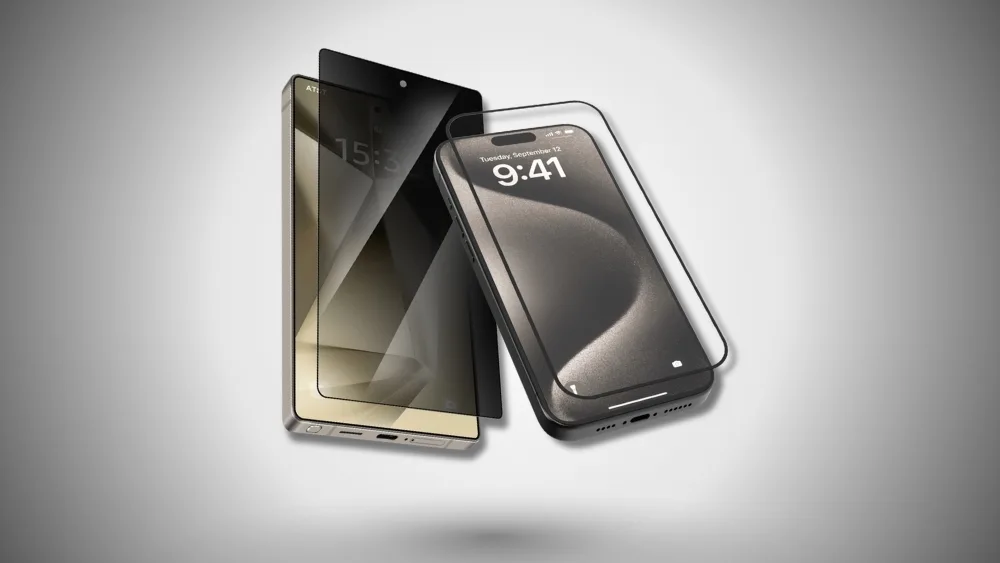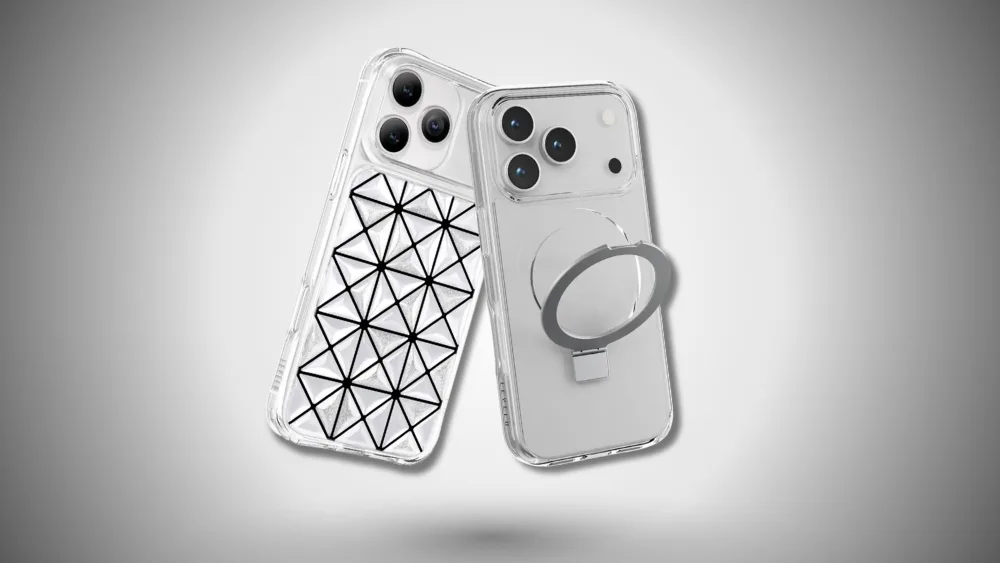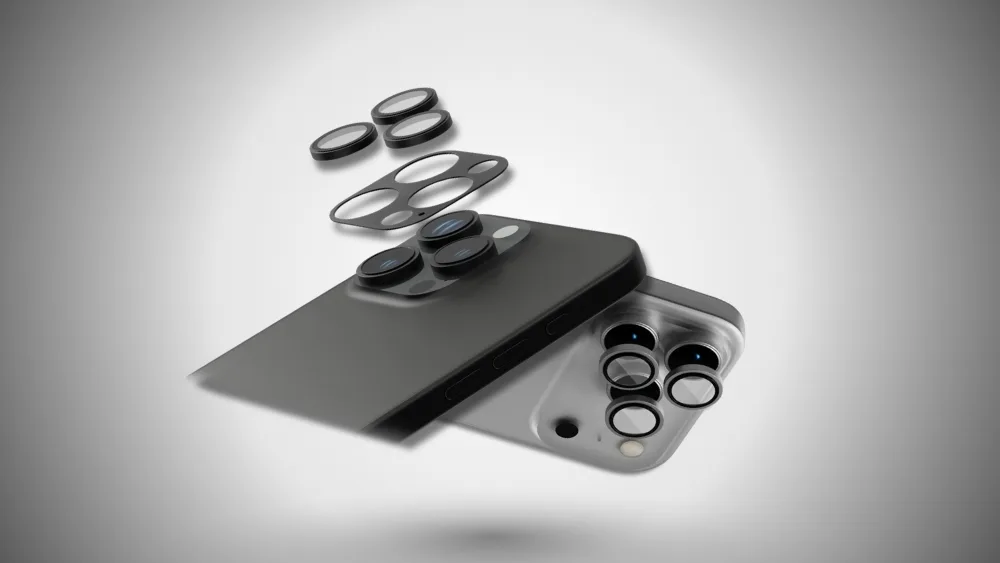In today's digital era, smartphones and tablets have become indispensable tools, and charging cables are essential accessories to keep these devices powered and ready for use. Among the various types of charging cables available in the market, braided and silicone cables stand out as popular choices due to their unique characteristics and benefits. In this article, we will explore the advantages and disadvantages of each cable type and ultimately highlight why the braided cable outperforms silicone in terms of longevity, making it the preferred choice for consumers.
Advantages and Disadvantages of Braided Cables:
Braided cables are constructed with a woven fabric sheath that offers several benefits:
1. Durability: The primary advantage of braided cables is their exceptional durability. The tightly woven fabric acts as a protective barrier, making them more resistant to wear and tear. They are less prone to fraying, kinking, and tangling, ensuring a longer lifespan compared to traditional cables.
2. Strength: The robust braided design reinforces the cable, making it more resistant to physical stress and damage. This feature is particularly beneficial for users who frequently carry their devices in bags or pockets.
3. Flexibility: Despite their sturdy build, braided cables remain flexible, allowing for easy storage and portability. They are less likely to develop permanent bends or creases, maintaining their original shape over time.
4. Enhanced Charging Speed: Braided cables often come with thicker internal wiring, enabling faster charging and data transfer speeds compared to standard cables. This feature is especially valuable for users who demand quick charging capabilities.
Despite their numerous advantages, braided cables do have a few drawbacks
1. Cost: Braided cables typically cost more than silicone or standard cables due to their premium materials and construction. However, considering their longevity and performance, many users find the higher price worthwhile.
2. Bulkiness: The woven fabric sheath can add some bulk to the cable, making them slightly less compact than silicone cables. This may be a minor concern for users who prioritize portability.
Advantages and Disadvantages of Silicone Cables
Silicone cables are characterized by their soft, rubbery outer covering, and they offer several benefits:
1. Flexibility: Silicone cables are incredibly flexible and pliable, allowing users to easily maneuver them around various obstacles and corners. Their flexibility makes them suitable for tight spaces or unconventional charging setups.
2. Lightweight: The lightweight nature of silicone cables makes them easy to carry and ideal for travelers or users constantly on the move.
3. Water and Heat Resistance: The rubbery silicone material provides a level of water and heat resistance, protecting the cable from damage in certain environments.
However, silicone cables also have some drawbacks:
1. Limited Durability: While silicone cables can withstand some wear and tear, they are more prone to damage compared to braided cables. Frequent bending and stretching can cause the outer covering to crack or tear, leading to exposed wiring.
2. Tendency to Tangle: Silicone cables have a higher tendency to tangle, resulting in inconvenience and potential damage if not handled carefully.
3. Reduced Longevity: The soft rubber exterior of silicone cables is susceptible to wear and tear over time, leading to a shorter lifespan compared to braided cables.
Comparison: Braided vs. Silicone Cables for Longevity
When it comes to longevity, braided cables clearly outperform silicone cables due to their robust and durable construction. The tightly woven fabric sheath provides a high level of protection against physical stress, making them highly resistant to bending, fraying, and tangling. This ensures a prolonged lifespan, reducing the need for frequent cable replacements and ultimately saving money in the long run.
On the other hand, silicone cables may serve as a cost-effective option for users who prioritize flexibility and lightweight designs. However, their tendency to tangle and limited durability make them less suitable for users seeking a long-lasting charging solution.
In conclusion, when it comes to choosing the right charging cable for smartphones and tablets, it's essential to consider the advantages and disadvantages of each type. While silicone cables offer flexibility and portability, braided cables stand out as the superior choice for longevity and durability. The woven fabric sheath of braided cables ensures enhanced protection and longevity, making them a worthwhile investment for users seeking a reliable and long-lasting charging solution for their devices.



